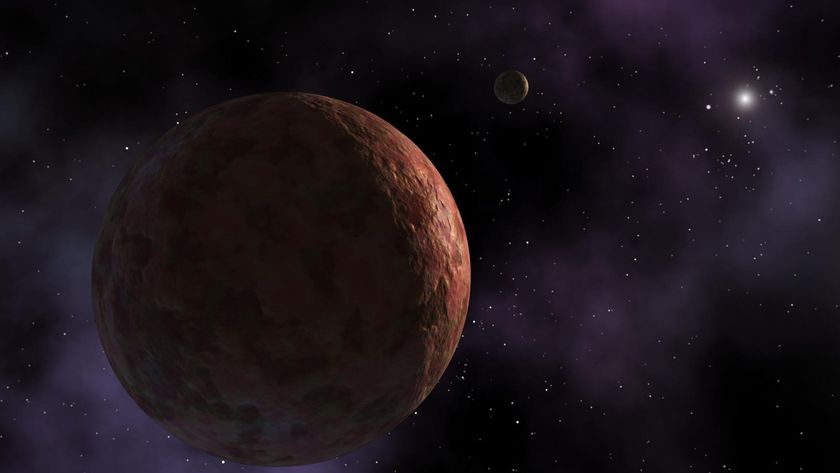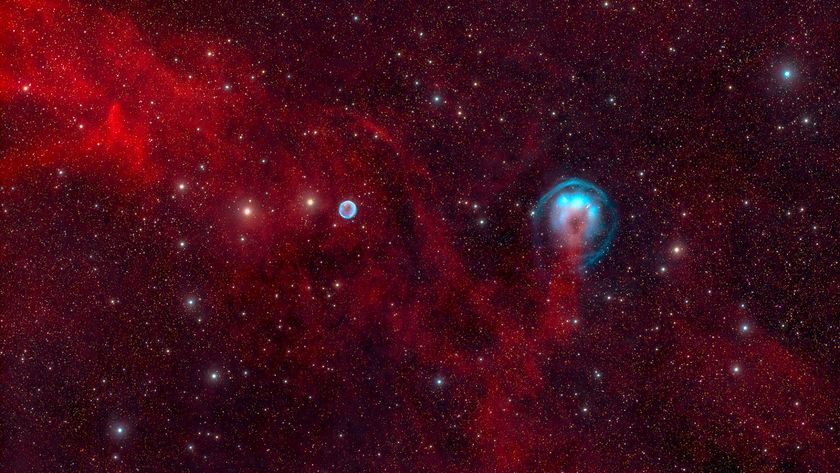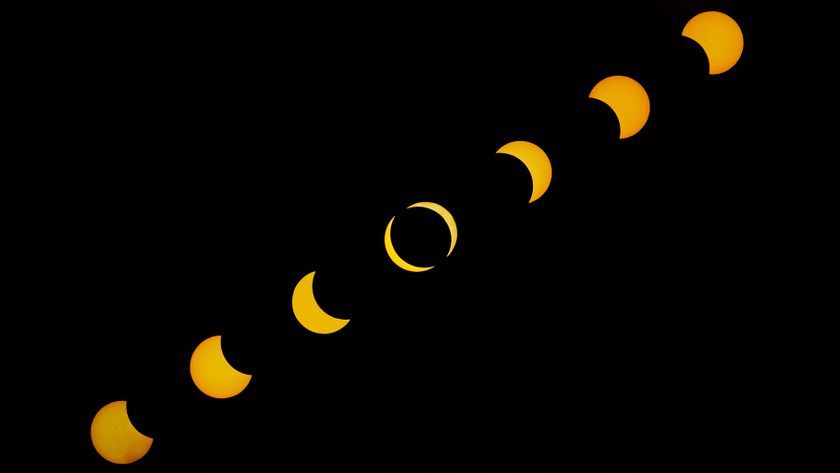Daytime Lightning on Saturn Spotted by Cassini Spacecraft
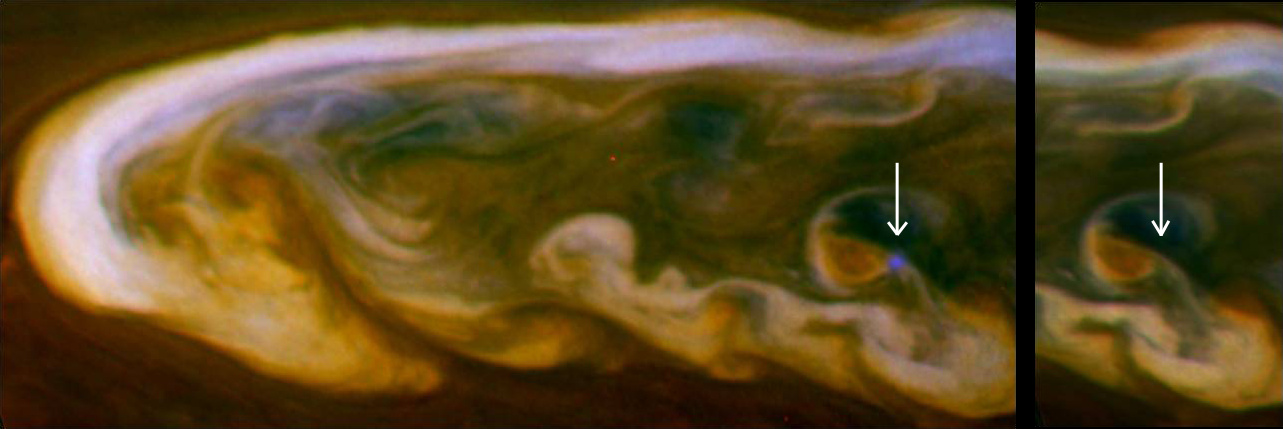
A NASA spacecraft orbiting Saturn has captured an amazing view of lightning in broad daylight on the ringed planet.
The Cassini orbiter captured the daytime lightning on Saturn as bright blue spots inside a giant storm that raged on the planet last year. NASA unveiled the new Saturn lightning photos Wednesday (July 18), adding that the images came as a big surprise.
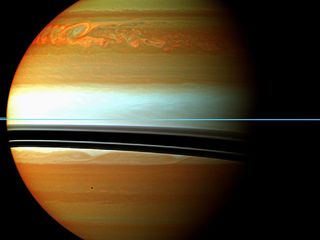
"We didn't think we'd see lighting on Saturn's day side —only its night side," said Ulyana Dyudina, a Cassini imaging team associate at the California Institute of Technology in Pasadena, in a statement. "The fact that Cassini was able to detect the lightning means that it was very intense."
Cassini spotted the daytime lightning while observing a giant Saturn storm on March 6, 2011. A blue filter on the spacecraft's main camera recorded the lightning flashes, and scientists then exaggerated the blue tint in order to pin down the lightning's location and size, researchers said. [More Photos of Saturn's Monster Storm]
Cassini mission scientists said the lightning on Saturn was spotted across a region 100 miles (160 kilometers) wide where it exited the cloud layer. In all, Cassini spotted eight daytime lightning flashes on Saturn, five in one part of the storm and three in an another, they added.
The lightning-spawning storm on Saturn was not a short-lived tempest. The storm wrapped completely around Saturn at its peak and is the longest-lived storm ever seen on the ringed planet. It began in December 2010 and lasted about 200 days, finally sputtering out in late June 2011.
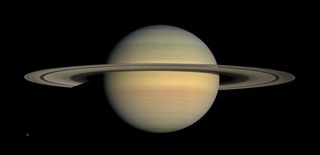
One mystery that remains is why the daytime Saturn lightning only turned up in Cassini's blue imaging filter. Scientists aren't sure if that means the lightning is actually blue in color, or if it's due to a short exposure time of the camera that helps the camera filter detect the lightning.
Get the Space.com Newsletter
Breaking space news, the latest updates on rocket launches, skywatching events and more!
"As summer storm season descends upon Earth's northern latitudes, Cassini provides us a great opportunity to see how weather plays out at different places in our solar system," Cassini project scientist Linda Spilker, of NASA's Jet Propulsion Laboratory in Pasadena, Calif., said in a statement. "Saturn's atmosphere has been changing over the eight years Cassini has been at Saturn, and we can't wait to see what happens next."
NASA's Cassini spacecraft launched in 1997 and has been orbiting Saturn since 2004. The spacecraft is currently in an extended mission that is expected to last through 2017.
Meanwhile, Saturn is currently visible in Earth's night sky. It can be seen in the western evening sky with Mars and the bright star Spica in July, weather permitting.
Follow SPACE.com on Twitter @Spacedotcom. We're also on Facebook and Google+.
Join our Space Forums to keep talking space on the latest missions, night sky and more! And if you have a news tip, correction or comment, let us know at: community@space.com.

Tariq is the Editor-in-Chief of Space.com and joined the team in 2001, first as an intern and staff writer, and later as an editor. He covers human spaceflight, exploration and space science, as well as skywatching and entertainment. He became Space.com's Managing Editor in 2009 and Editor-in-Chief in 2019. Before joining Space.com, Tariq was a staff reporter for The Los Angeles Times covering education and city beats in La Habra, Fullerton and Huntington Beach. In October 2022, Tariq received the Harry Kolcum Award for excellence in space reporting from the National Space Club Florida Committee. He is also an Eagle Scout (yes, he has the Space Exploration merit badge) and went to Space Camp four times as a kid and a fifth time as an adult. He has journalism degrees from the University of Southern California and New York University. You can find Tariq at Space.com and as the co-host to the This Week In Space podcast with space historian Rod Pyle on the TWiT network. To see his latest project, you can follow Tariq on Twitter @tariqjmalik.

